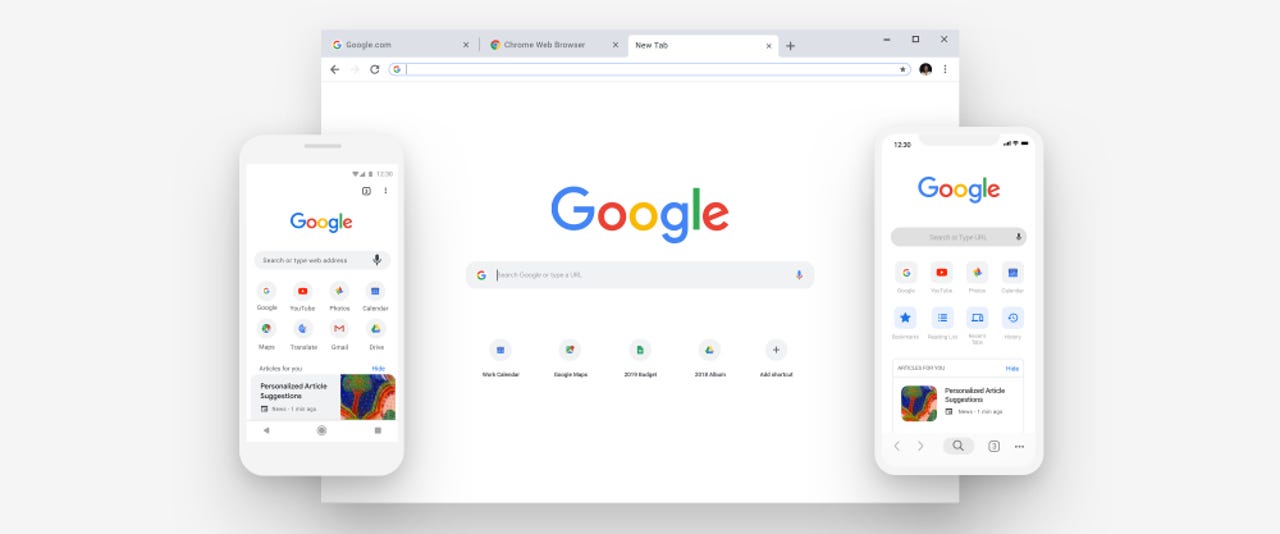Google Chrome 76 released for Windows, Mac, and Linux


TechRepubli
Google has released today version 76 of its Chrome web browser. Users can use the browser's built-in updater to update their browser to the latest release. Starting today, Chrome latest version number is now 76.0.3809.87.
Today's release doesn't include any new major changes to the browser's UI; however, we will highlight some of the most noteworthy changes that users would still like to know about.
One step closer to Flash's death
For starters, starting with Chrome 76, any per-site changes for Flash usage are now ignored.
What this means is that if a user has enabled Flash for a website in the past, that setting won't be remembered anymore, like it was until now.
Starting with Chrome 76, users will have to re-enable Flash for each page they visit, every time they visit it, and every time they use Chrome -- making the entire process of playing Flash content an ordeal.
This modification is part of Google's long-term plan to phase out Flash by the end of 2020. Chrome switched to "HTML5 by default" way back with the release of v55, in December 2016. Since then, users have had to allow Flash to execute on a per-site basis.
No more Incognito Mode detection
Second, Chrome 76 also includes fixes to prevent websites from detecting Incognito Mode browsing via the FileSystem API.
Google said sites should hold their fire and respect user privacy before undertaking any "reactive measures" such as deploying new Incognito Mode detection methods.
Third, Chrome 76 also changes how Chrome interprets Escape key presses. This update is being rolled out as part of a security-focused change meant to make it harder for shady sites to open unwanted popups, Google said in May.
Sites can switch to dark or light mode based on the OS theme
Fourth, there is now a way for websites to use CSS code to automatically detect if the OS is using a dark or light theme, and make switches to their layout accordingly.
This means that if a user is using Chrome 76 on macOS with a dark theme, when the user accesses Website A, then Website A could also switch to a dark theme as well, in tune with the OS.
But there are many other changes, as well. Users who'd like to learn more about the other new stuff added in the Chrome 76 release can check out the following links:
Chrome security updates are detailed here.
Chromium open-source browser changes are detailed here.
Google engineers detail some of the most important developer-centric changes here.
All the Chrome 76 developer-centric deprecations and feature removals are here.
Chrome for Android updates are detailed here. [not yet public]
Changes to Chrome V8 JavaScript engine are available here.
All the Chromium-based browsers
More browser coverage:
- Firefox follows in Chrome's footsteps and will mark all HTTP pages as 'not secure'
- Pale Moon says hackers added malware to older browser versions
- Microsoft gives IT pros the signal to start testing Chromium-based Edge
- Google to remove Chrome's built-in XSS protection (XSS Auditor)
- Mozilla is funding a way to support Julia in Firefox
- Mozilla bans surveillance vendor from Firefox certificate whitelist
- How to use the Tor browser on an Android device TechRepublic
- Brave's privacy-first browser ads arrive with promised payout for you CNET